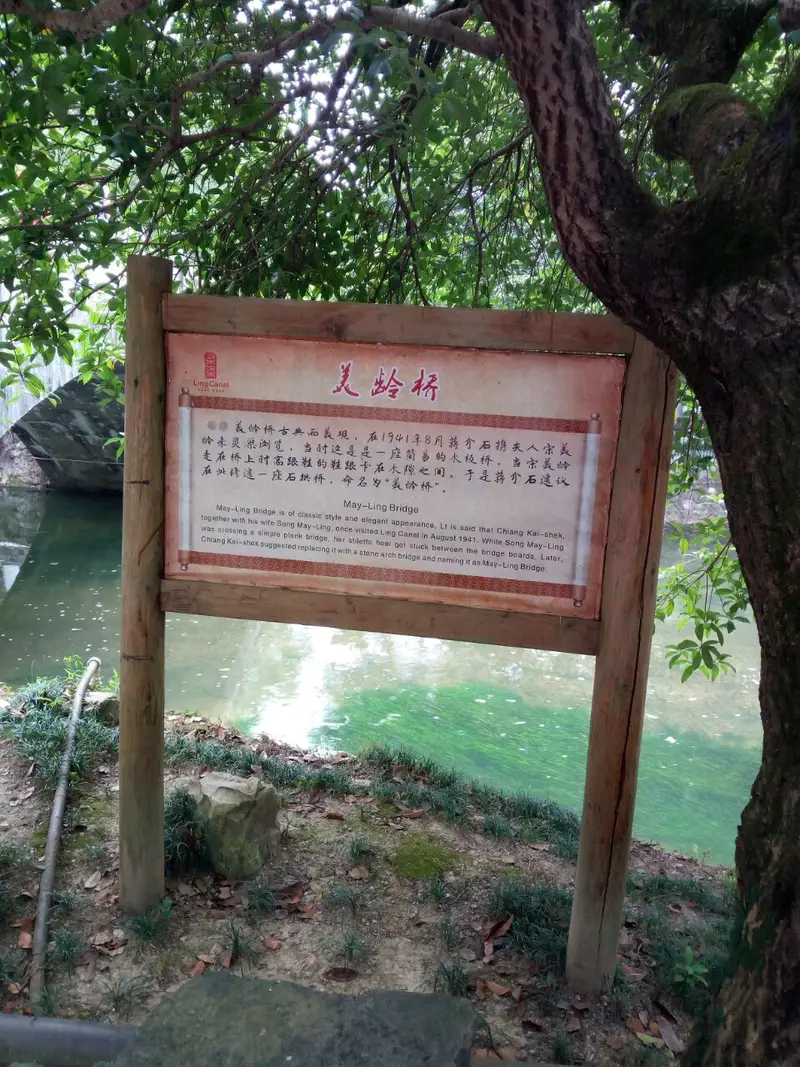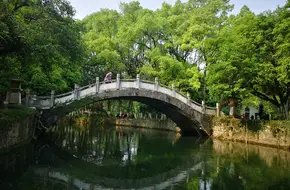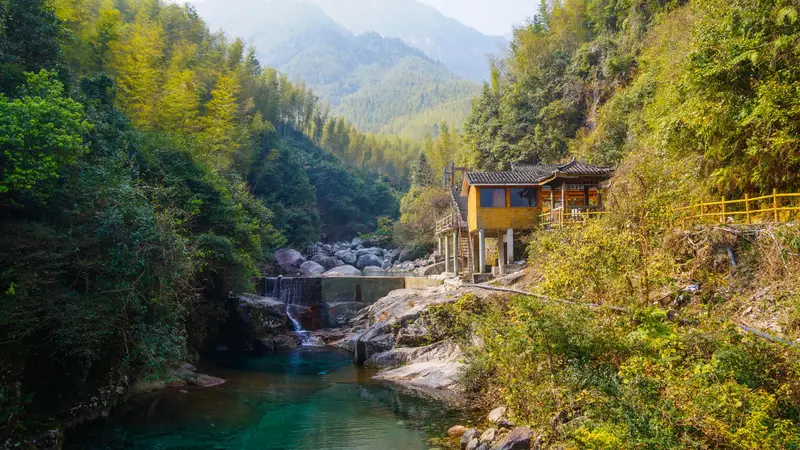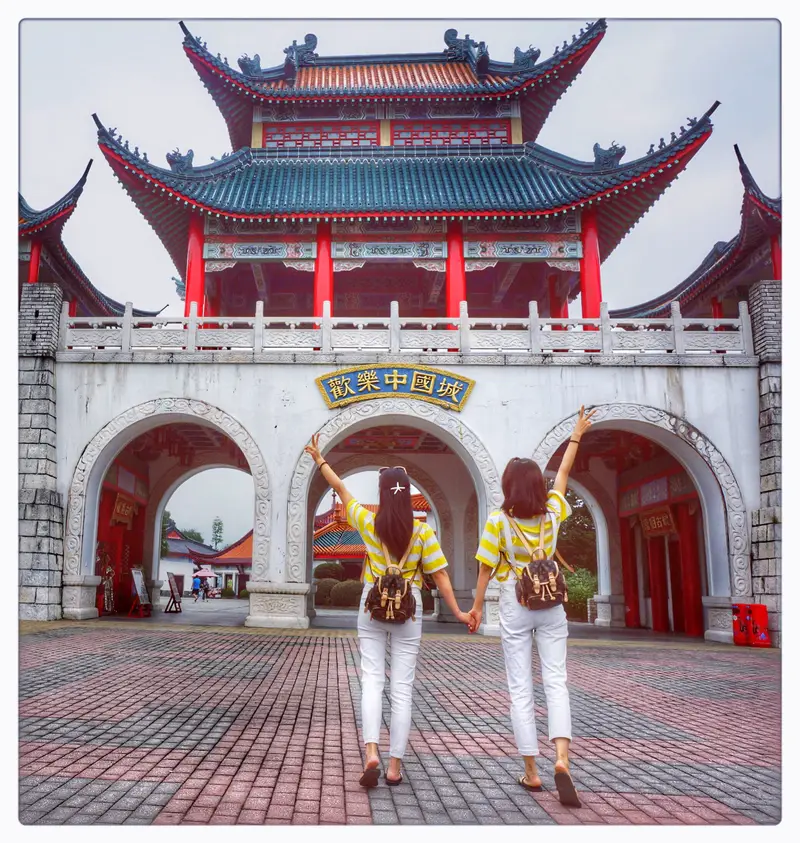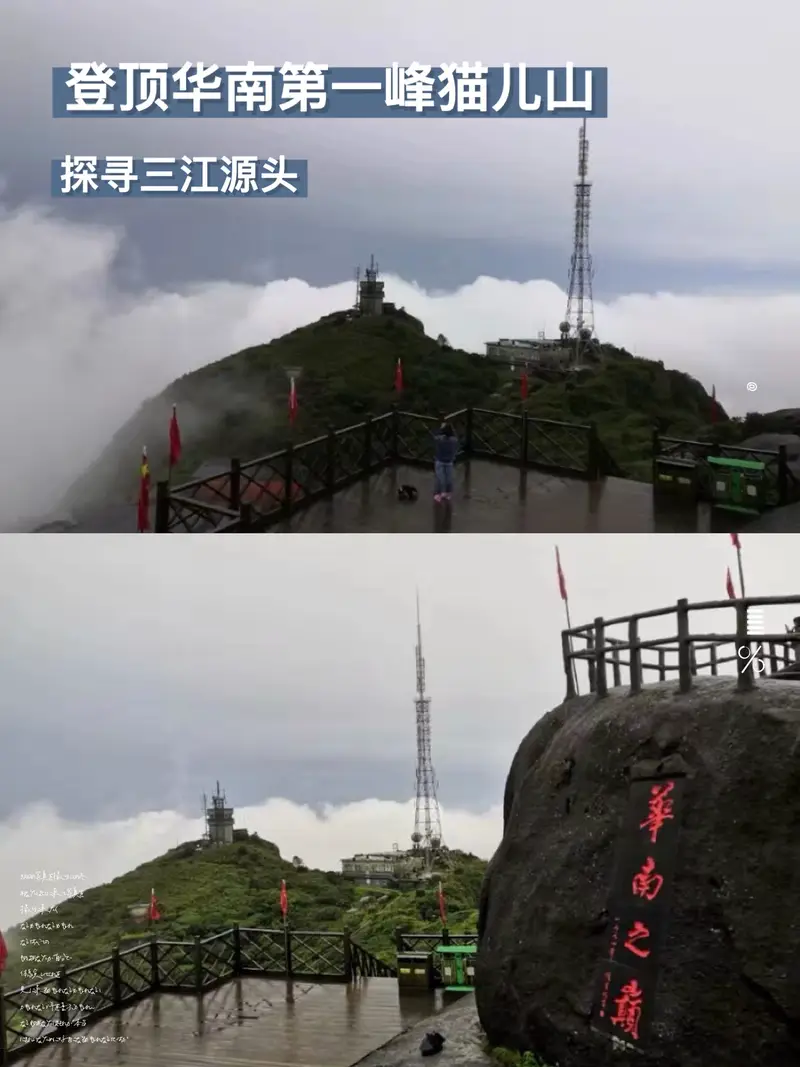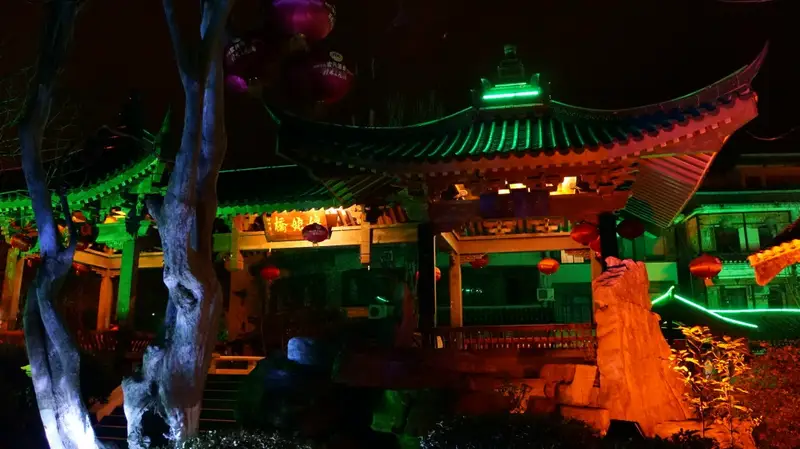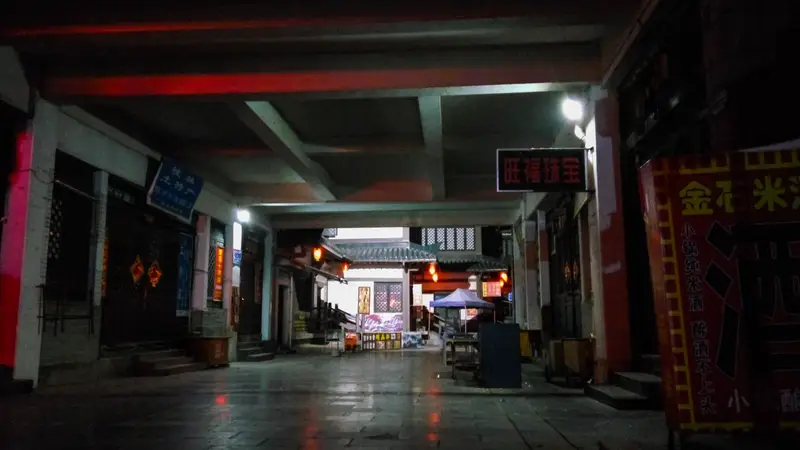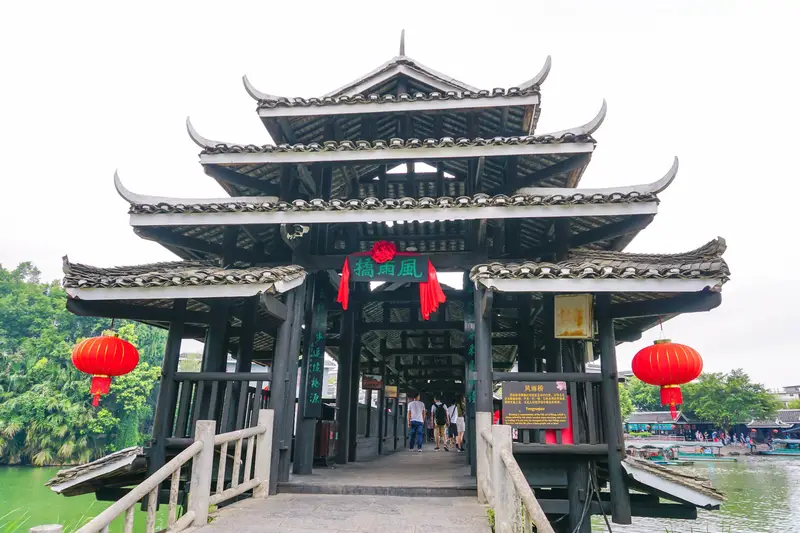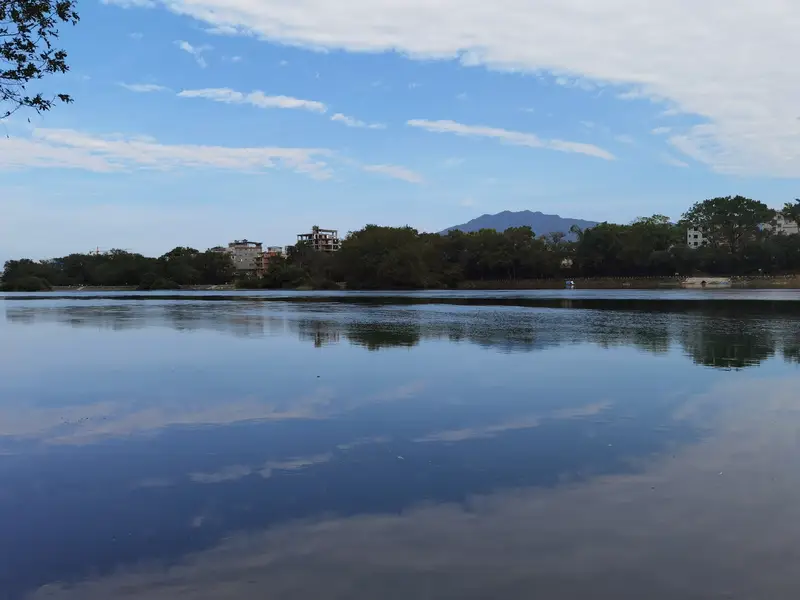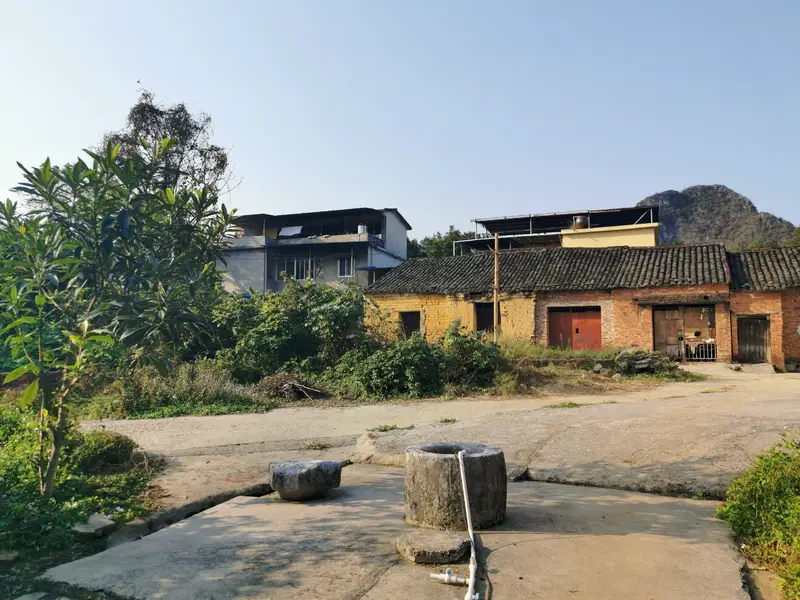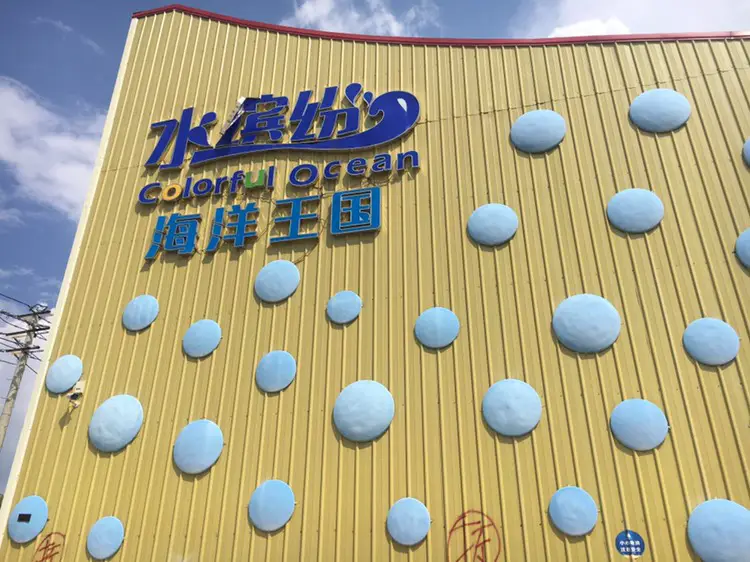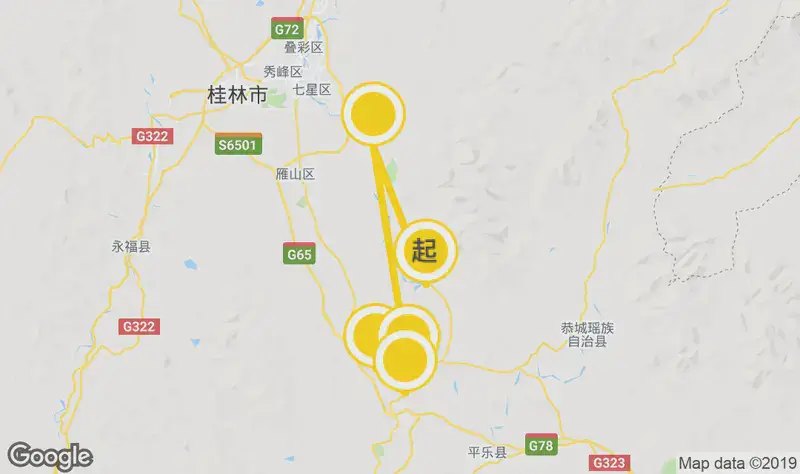Discovering Lingqu Water Street-Mei Ling Bridge: A Hidden Gem in Guilin
Geographical Location
Lingqu Water Street-Mei Ling Bridge sits in Xing’an County, Guilin, nestled where Double Spirit Road meets Ling Lake Avenue. It’s just a 50-meter stroll northeast from their intersection, making it easy to find. This spot is part of the historic Ling Canal, an ancient waterway built over 2,000 years ago—China’s version of the “Great Wall of engineering”! The area blends riverside charm with cultural depth, perfect for travelers who love both nature and history.
Getting There
Reaching Lingqu Water Street-Mei Ling Bridge is straightforward:
- By bus: From Guilin city center, take bus K99 or K100 to Xing’an County, then transfer to a local taxi.
- By car: Drive along G72 Expressway, exit at Xing’an, and follow signs for Ling Canal Scenic Area. Parking is available near the entrance.
- Walking: If you’re already exploring Xing’an’s old town, it’s a 15-minute walk along the canal.
The bridge and water street are tucked away from crowds, so expect a peaceful visit—unlike Guilin’s busier spots like Elephant Trunk Hill.
Natural Scenery
The heart of Lingqu Water Street-Mei Ling Bridge is its riverside vibe. The Ling Canal, China’s oldest canal, winds through the area, flanked by willow trees and traditional houses. Mei Ling Bridge itself is a stone arch bridge, simple yet elegant, spanning the canal. At dawn, mist rises over the water, creating a “painting-like” atmosphere. In summer, lotus flowers bloom along the banks, while autumn paints the canalside in golden hues. For photography fans, morning light reflects perfectly on the water—don’t miss it!
Cultural Charm
This site is steeped in history. The Ling Canal, dating back to the Qin Dynasty (214 BCE), connects the Li River and Xiang River, enabling trade and cultural exchange. Mei Ling Bridge gets its name from Madame Chiang Kai-shek (a.k.a. Mei Ling), who once visited. Walking here feels like stepping back in time. Look for traditional Chinese pavilions along the water street, where locals sell handicrafts and snacks. The bridge’s stone carvings hint at ancient craftsmanship—a silent storyteller of China’s past.
Amenities for Travelers
- Food: Nearby stalls offer Guilin rice noodles, dumplings, and sugar-coated peanuts—try the “oil-pulled tea” for a local drink.
- Restrooms: Clean public facilities are available near the parking lot.
- Souvenirs: Buy embroidered shoes or bamboo crafts from vendors along the canal.
- Relaxation: Benches under willow trees let you soak in the view. For longer stays, Xing’an has cozy hotels like Ling Canal Lodge.
Exploration Tips
Visit Lingqu Water Street-Mei Ling Bridge early to avoid tour groups. Combine it with a trip to Ling Canal Park (1 km away) or the nearby Qin City Wall ruins. Wear comfy shoes—the cobblestone streets are lovely but uneven. If you’re into “Instagram-worthy” shots, the bridge at sunset with lanterns lit is magical. Locals say the canal’s waters have a “mirror-like calm”—ideal for reflection photos!
Lingqu Water Street-Mei Ling Bridge isn’t as famous as Li River Cruises or Reed Flute Cave, but that’s why it’s special. Come here for quieter moments, a touch of history, and the chance to see how Guilin’s rural charm lives on. As they say in China: “True beauty hides in plain sight.”
Key words naturally embedded: Lingqu Water Street-Mei Ling Bridge (8 times), Ling Canal (3 times), Xing’an County (2 times).


